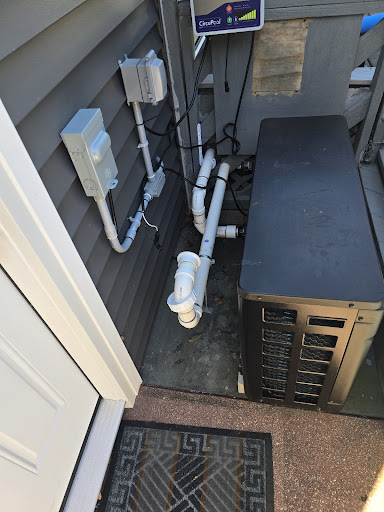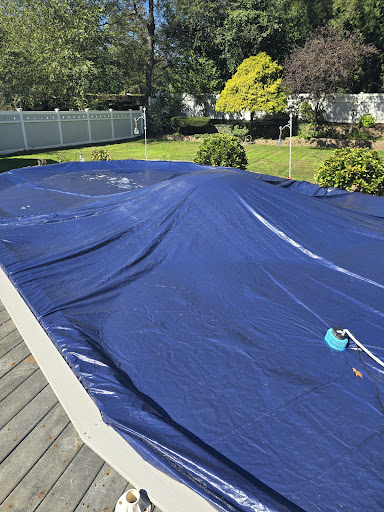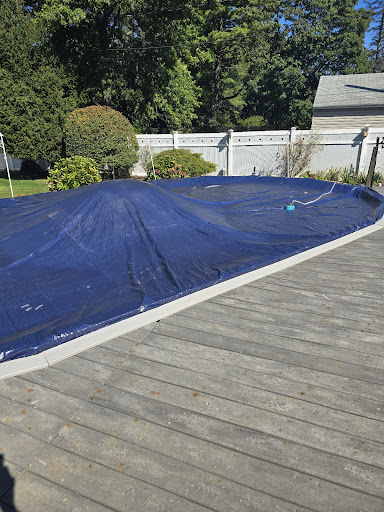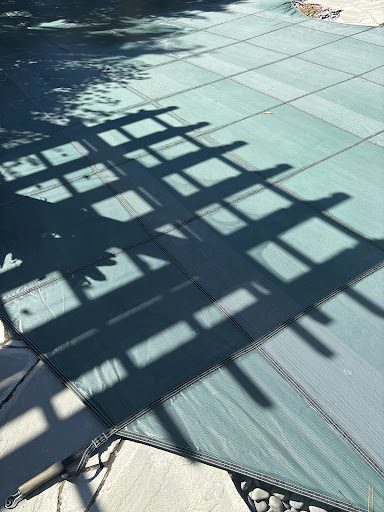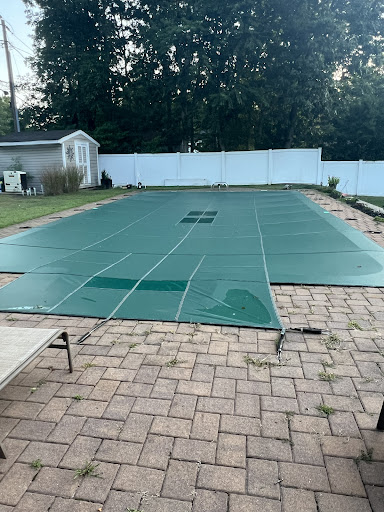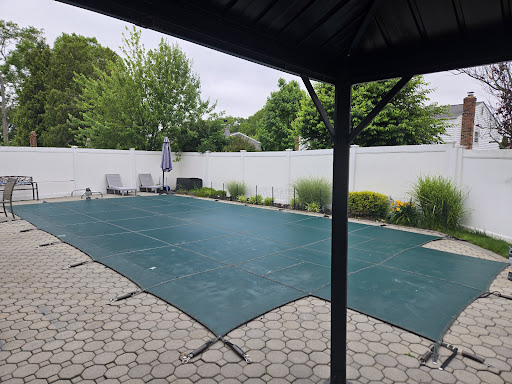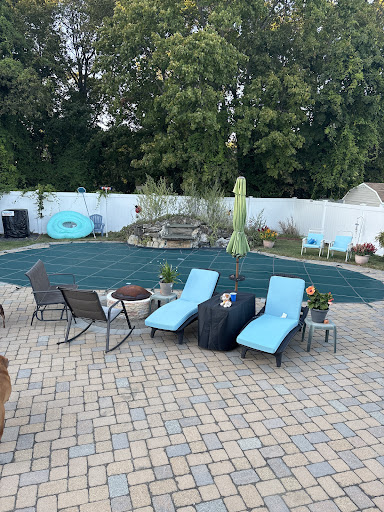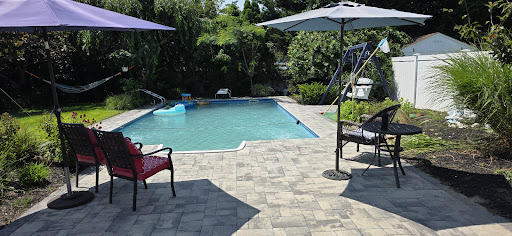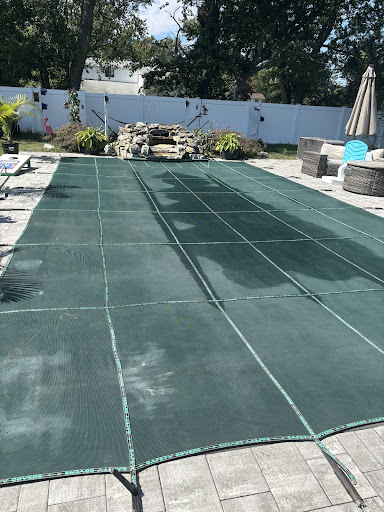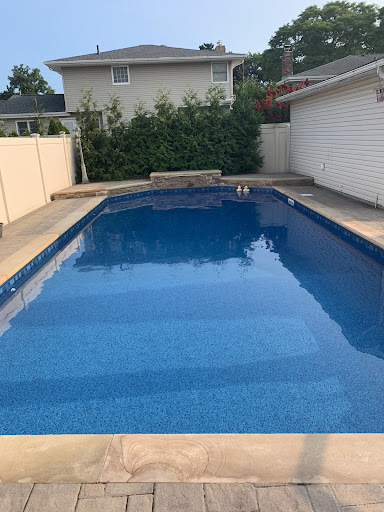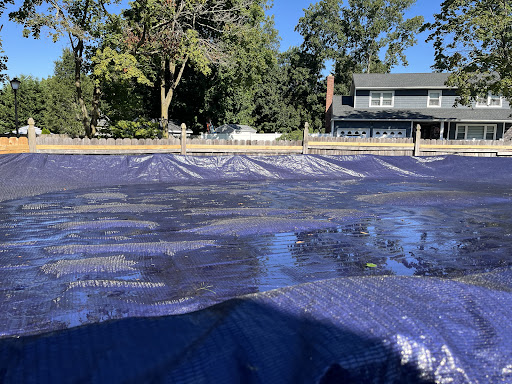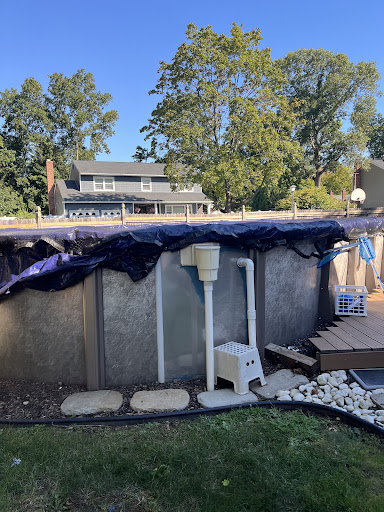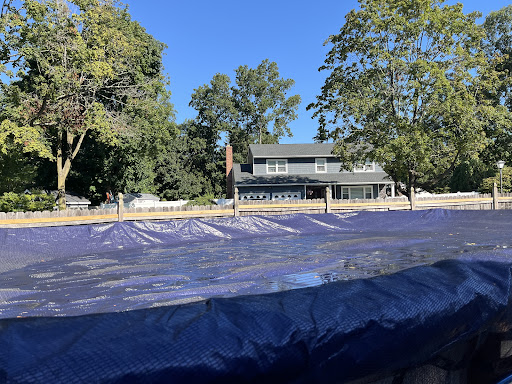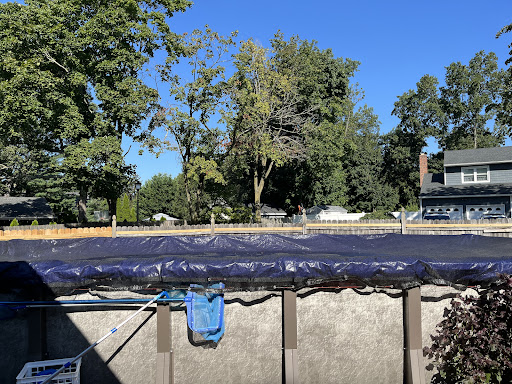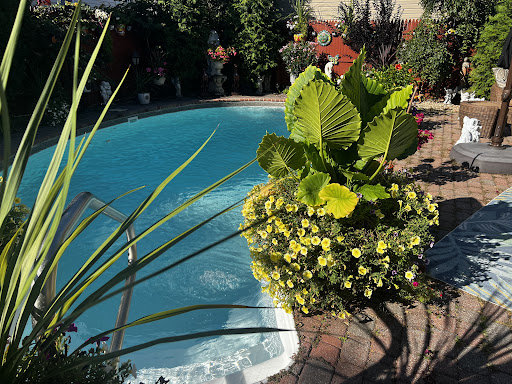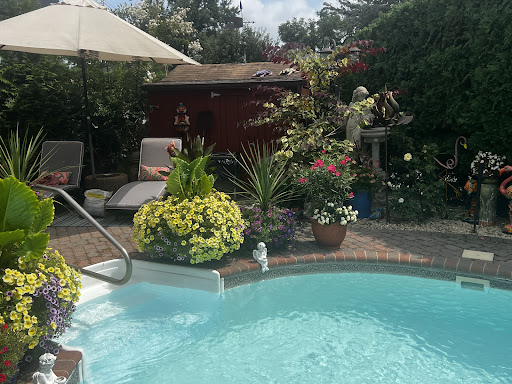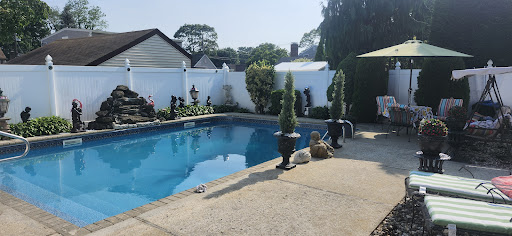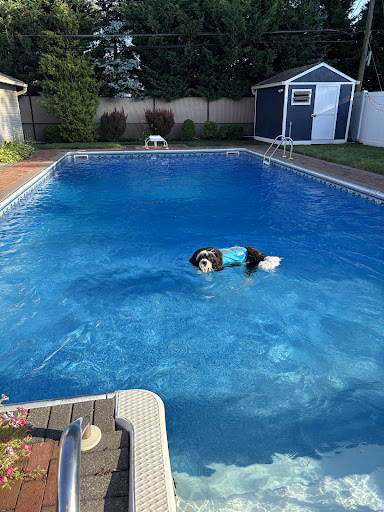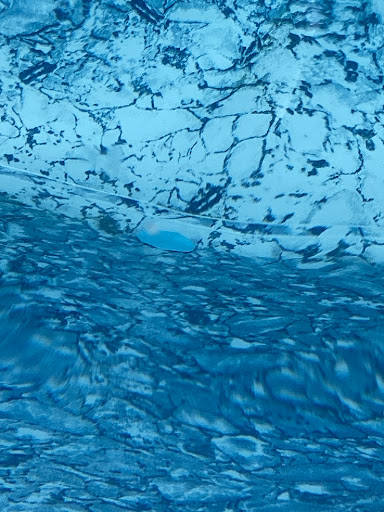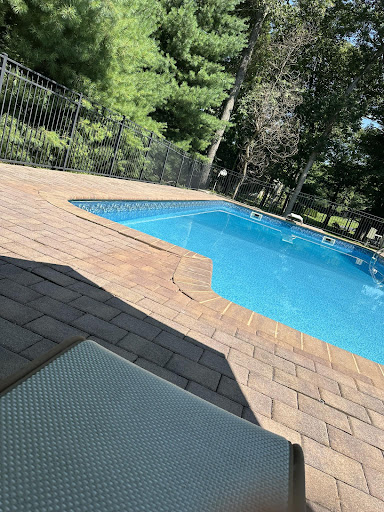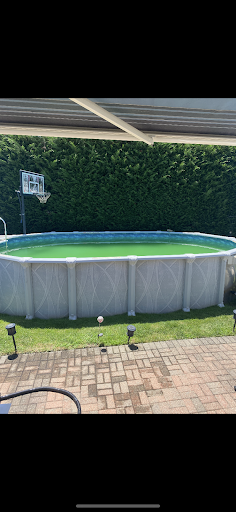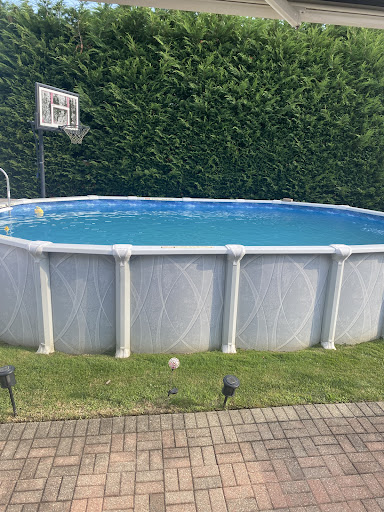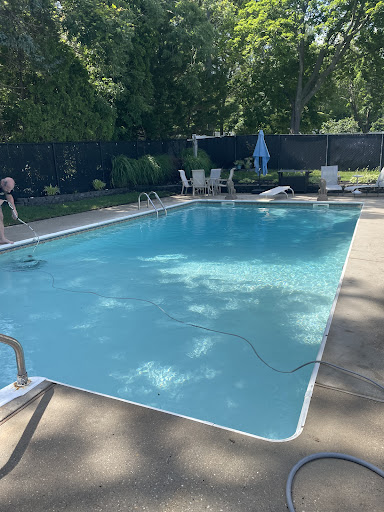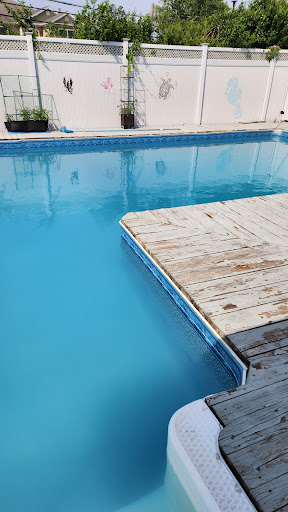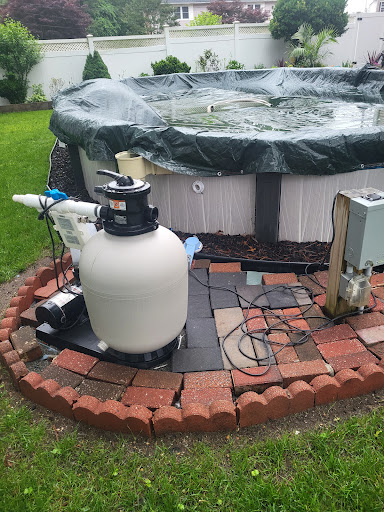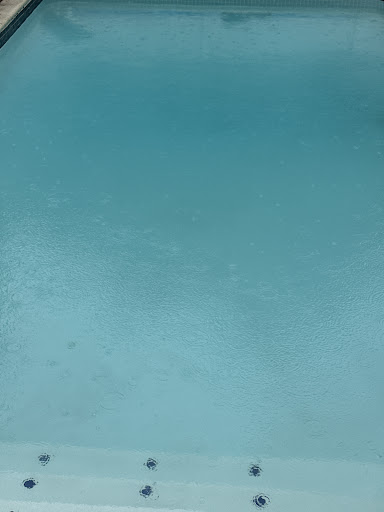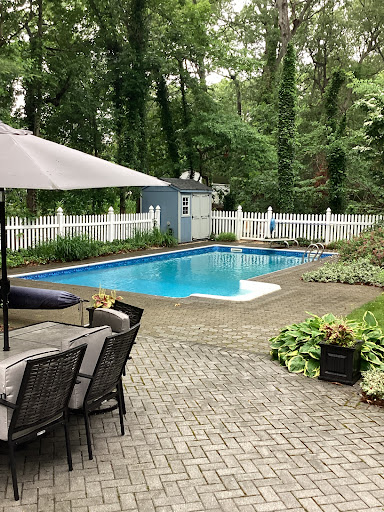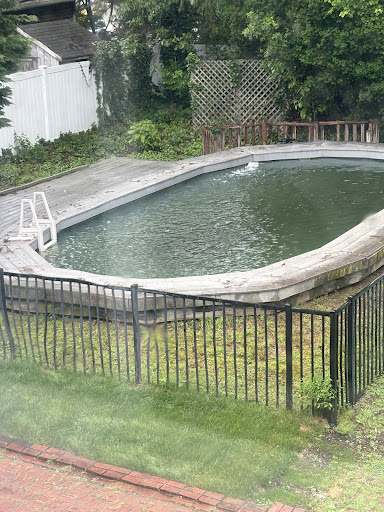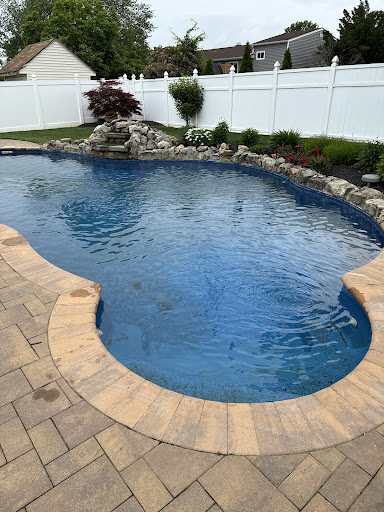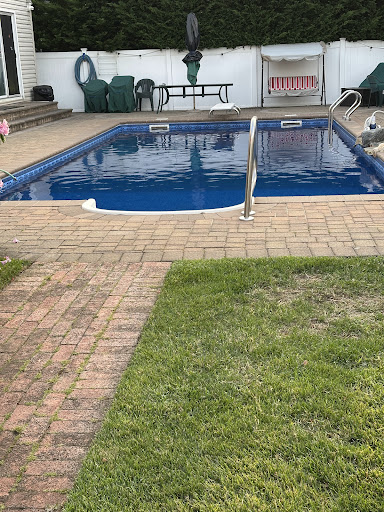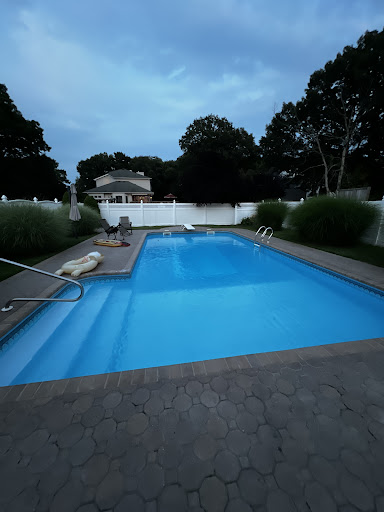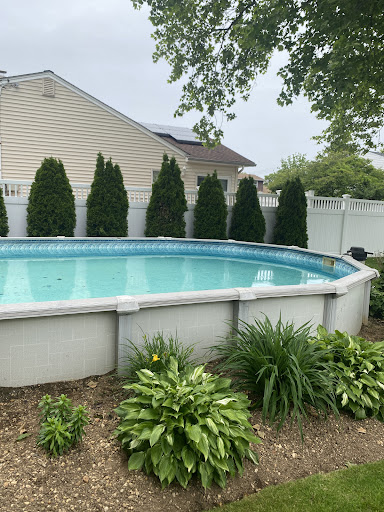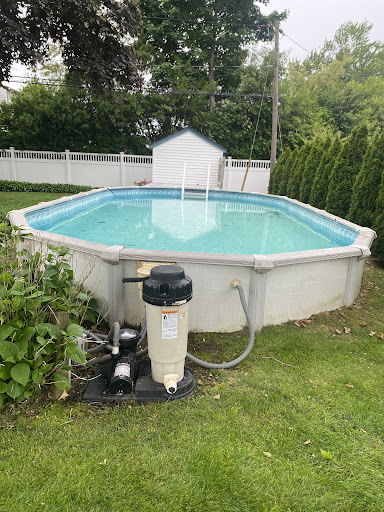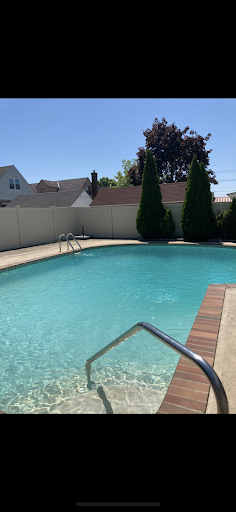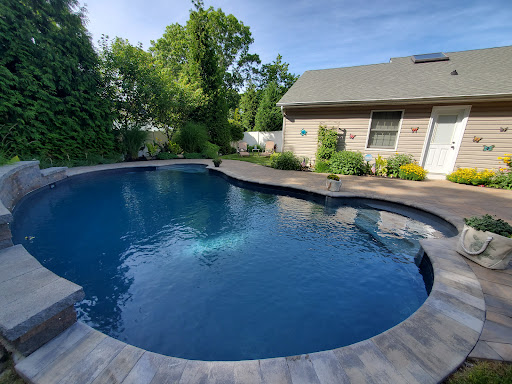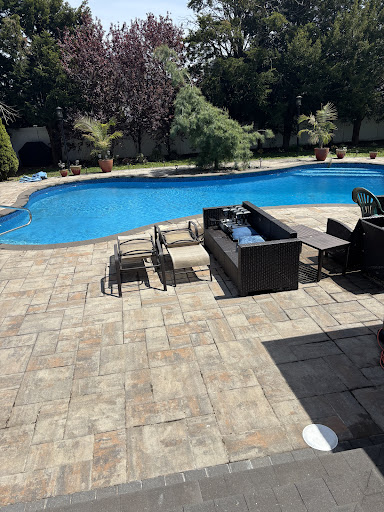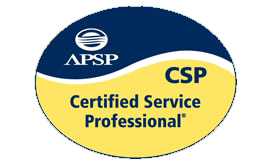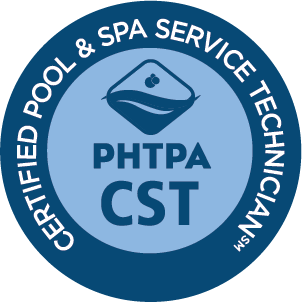Mineral scale on salt cell plates chokes chlorine production and triggers low-output or “check cell” warnings. Our controlled acid dip safely dissolves calcium buildup, restores efficiency, and documents a clean baseline so you know when to service next.
When Is An Acid Dip Needed? — symptoms & signals
Falling chlorine production at normal salinity/temperature, “Check Cell/Clean Cell” alerts, visible white crust on plates, or rising current draw/amp faults on the power center.
Output low • Scale visible
Safety & Prep — protect equipment and people
We shut down power, isolate valves, relieve pressure, and disconnect unions. PPE on; area ventilated. Controller settings and last service date are recorded for your history.
Power off • Isolate lines
Remove & Inspect the Cell — catch damage early
Cell is removed and inspected for plate integrity, coating wear, cracked housings, o-ring condition, and sensor cable damage. Terminals are cleaned and contacts checked.
Inspect plates & seals
Correct Acid Dilution — strong enough, not destructive
We use the manufacturer’s recommended dilution (commonly 1:10 to 1:4 acid:water). Always add acid to water, never the reverse. Concentration is chosen by scale severity to avoid stripping the precious-metal coating.
Follow OEM ratio
Controlled Acid Dip — timed and upright
Cell is placed upright using a cleaning cap to keep acid off wires. Dip is timed (typically 5–10 minutes); bubbling indicates scale dissolving. Cell is never scraped or brushed with metal.
5–10 min typical
Neutralize & Rinse — protect the pool & the cell
Used solution is neutralized with soda ash/baking soda before disposal per local rules. Cell is flushed thoroughly with fresh water; o-rings are inspected and lubricated with silicone.
Neutralize spent acid
Reinstall & Leak Check — set for success
Cell is reinstalled in the proper flow direction; unions are tightened to spec. We restore flow, bleed air, and verify no leaks at unions or caps.
Correct flow • No leaks
Calibrate & Verify Output — numbers, not guesses
Controller is restarted; salinity and temperature are confirmed with an independent meter. We log amperage/voltage, chlorine output %, and set an appropriate production schedule.
Log amps • Set output
Post-Service Guidance — keep scale from returning
We review target chemistry (pH 7.4–7.8, TA 70–90, CH 200–400, CYA 60–80 for SWGs) and recommend scale inhibitor if fill water is hard. You’ll get a clean-cell baseline date to time future maintenance.
Targets & inhibitor tips
When to Replace — end-of-life indicators
If plates show coating loss, repeated amp faults, or output won’t recover after cleaning at correct salinity/temp, we’ll quote an OEM replacement and confirm compatibility.
Quote if output won’t recover

